Que sont les piquants d’injection chimique ?
Les piquants d’injection de produits chimiques sont spécialement conçus pour injecter des produits chimiques hautement anticorrosifs directement dans un pipeline, minimisant ainsi tout dommage potentiel à l’orifice latéral ou à la paroi du tuyau au point d’injection. De plus, ces piquants sont aptes à assurer une distribution uniforme des produits chimiques, en les alignant directement au centre du flux du pipeline. Ce positionnement stratégique empêche les produits chimiques de s’écouler le long de la paroi du tuyau, ce qui pourrait entraîner une usure concentrée et une défaillance potentielle.
En termes de construction, le corps et le dard de la plume sont fabriqués à partir d’alliages robustes tels que 304 SS, 316 SS, l’acier duplex ou le Hastelloy 625, assurant durabilité et résistance à la corrosion. Des piquants d’injection sont facilement disponibles, avec des dards allant de 3 à 8 pouces de longueur. De plus, toutes les piquantes d’injection sont dotées de connexions NPT femelle par mâle, ce qui facilite grandement le processus d’installation. Des piquants d’injection avec des dards de 3 » à 8 » de long sont disponibles. Tous les piquants d’injection sont livrés avec des raccords NPT femelle par mâle pour faciliter l’installation. D’autres tailles peuvent également être personnalisées. N’hésitez pas à nous contacter si vous avez des besoins.
Types de piquants d’injection chimique
Plumes d’injection de produits chimiques : Raccord à bride
Le type courant est un raccord d’accès à souder plat de 2 » avec une bride de 2 »
Température de fonctionnement : -20 ~ 150 °C
Pression nominale : 2500 psi comme taille de bride
Plumes d’injection de produits chimiques – Connexion de soudage
Le type courant est un raccord d’accès à souder plat de 2 » avec une base soudée NPT de 1 »
Température de fonctionnement : -20 ~ 150 °C
Pression nominale : 2500 psi comme taille de bride
Injection rétractable Chevilles à souder/raccord à bride
Température de fonctionnement : -20 ~ 150 °C
Pression nominale : 2000 psi comme taille de bride
Quels sont les composants des piquants d’injection chimique ?
Ensemble d’échantillonnage et d’injection
Corps de bouchon solide, écrou d’injection, tube d’injection, buse, mamelon et vanne (ou bride d’extrémité)
Accès Corps de raccord
Base ou bride soudée, couvercle de protection
Quels sont les matériaux pour les piquants d’injection chimique ?
Les matériaux couramment utilisés pour les piquants d’injection de produits chimiques comprennent l’acier au carbone, l’acier inoxydable 316 (SS), l’acier inoxydable 304 SS, l’acier inoxydable super duplex (DSS), l’Inconel et le duplex SS. En ce qui concerne les matériaux d’étanchéité, des options telles qu’un joint torique en Viton, une garniture primaire en PTFE ou HNBR sont disponibles.
Si vous avez besoin d’autres matériaux, n’hésitez pas à contacter notre équipe EMT.
Tableau des modèles et des paramètres
| Modèle | ||||||||||||||||||||||||||||
SI | Plume d’injecteur chimique | |||||||||||||||||||||||||||
| -Code | Bouchon | |||||||||||||||||||||||||||
| Pxxx | Type | Matériel | Scellement Matériel | |||||||||||||||||||||||||
| 0 | Aucune demande | 0 | CS | 0 | Aucune demande | |||||||||||||||||||||||
| 1 | Creux Corps de la prise | 1 | 316SS | 3 | DSS | 1 | Joint torique Viton / Garniture primaire en PTFE | |||||||||||||||||||||
| 2 | Corps de prise solide | 2 | 316LSS | 4 | INCONEL | 2 | HNBR | |||||||||||||||||||||
| –Code | Écrou d’injection | |||||||||||||||||||||||||||
| Nxx | Taille de la connexion | Matériel | ||||||||||||||||||||||||||
| 0 | c’est-à-dire aucune demande | 0 | i.e. CS | |||||||||||||||||||||||||
| 1 | c’est-à-dire 1/4" | 1 | c’est-à-dire 316SS | 3 | c’est-à-dire le DSS | |||||||||||||||||||||||
| 2 | c’est-à-dire 1/2" | 2 | c’est-à-dire 316LSS | 4 | c’est-à-dire INCONEL | |||||||||||||||||||||||
| –Code | Injection Tube | |||||||||||||||||||||||||||
| Sxxx-Lx" | Taille de la connexion | Matériel | Buse | Taille de ligne (x") | ||||||||||||||||||||||||
| 0 | Aucune demande | 0 | CS | 0 | c’est-à-dire aucune demande | La position la plus efficace pour l’injection se situe généralement au centre du tuyau | ||||||||||||||||||||||
| 1 | c’est-à-dire 1/4" | 1 | c’est-à-dire 316SS | 1 | c’est-à-dire ouvert | |||||||||||||||||||||||
| 2 | c’est-à-dire 1/2" | 2 | c’est-à-dire 316LSS | 2 | c’est-à-dire Quill | |||||||||||||||||||||||
| 3 | c’est-à-dire le DSS | 3 | i.e. Cap & Core | |||||||||||||||||||||||||
| 4 | c’est-à-dire INCONEL | |||||||||||||||||||||||||||
| –Code | Mamelon et valve (ou bride d’extrémité) de Té | |||||||||||||||||||||||||||
| Txx | Taille de la connexion | Matériel | ||||||||||||||||||||||||||
| 0 | c’est-à-dire aucune demande | 0 | i.e. CS | |||||||||||||||||||||||||
| 1 | c’est-à-dire mamelon de 1/4 po | un | c’est-à-dire mamelon et valve de 1/4 po | 1 | c’est-à-dire 316SS | |||||||||||||||||||||||
| 2 | c’est-à-dire mamelon de 1/2 po | b | c’est-à-dire mamelon et valve de 1/2 po | 2 | c’est-à-dire 316LSS | |||||||||||||||||||||||
| 3 | c’est-à-dire mamelon 3/4" | c | c’est-à-dire mamelon et valve 3/4" | 3 | c’est-à-dire D SS | |||||||||||||||||||||||
| 4 | c’est-à-dire 1" Mamelon | d | c’est-à-dire mamelon et valve de 1 po | 4 | c’est-à-dire INCONEL | |||||||||||||||||||||||
| 5 | c’est-à-dire bride 1/4" | e | c’est-à-dire 1/4" Bride d’extrémité de mamelon | |||||||||||||||||||||||||
| 6 | c’est-à-dire 1/2" Bride | f | c’est-à-dire 1/2 "Bride d’extrémité de mamelon | |||||||||||||||||||||||||
| 7 | c’est-à-dire bride 3/4" | g | c’est-à-dire 3/4 "Bride d’extrémité de mamelon | |||||||||||||||||||||||||
| 8 | c’est-à-dire bride de 1 " | h | c’est-à-dire 1" Bride d’extrémité de mamelon | |||||||||||||||||||||||||
| Par exemple, SI-P221-N12-S122-L4-T22 SI, par exemple Ensemble d’échantillonnage et d’injection P221 : par exemple corps de bouchon solide en joint torique en Viton 316LSS et garniture primaire en PTFE N12, par exemple, la taille de la connexion de l’écrou d’injection est de 1/4 et le matériau est 316LSS. S122 : par exemple, la taille de la connexion du tube d’injection est de 1/4 " et le matériau est 316LSS. Le type de buse est des piquants L4 » :Pour tuyau de 4 ». T22 : Taille de connexion du té du mamelon : 1/2 ", matériau du mamelon : 316LSS | ||||||||||||||||||||||||||||
Applications des piquants d’injection chimique
Les piquants d’injection sont utilisés dans de nombreuses industries pour gérer le transfert de fluides, en particulier les abrasifs. Les domaines d’application du produit sont les suivants :
Produits chimiques
Dans l’industrie chimique, les piquants d’injection de produits chimiques sont utilisés pour ajouter avec précision des produits chimiques dans les flux de processus, assurant ainsi un mélange et une réaction efficaces. Ils aident à maintenir la qualité des produits, à protéger les équipements de traitement de la corrosion et à améliorer la sécurité en contenant des matières dangereuses.
Pétrole et gaz
Les piquants d’injection de produits chimiques sont essentiels pour l’injection d’inhibiteurs qui protègent contre la corrosion, le tartre et la cire de polyéthylène dans les pipelines. Ils veillent à ce que ces produits chimiques soient répartis uniformément dans le flux de pétrole ou de gaz. Ils s’assurent également que le fluide d’injection est en plein centre du tuyau.
Peintures et émulsions
La production de peintures et d’émulsions nécessite un mélange précis de produits chimiques pour obtenir la consistance et les propriétés souhaitées.
Eau et eaux usées
Dans le traitement de l’eau et des eaux usées, ces outils ajoutent des produits chimiques importants comme des coagulants et des substances pour équilibrer l’acidité de l’eau
Savons et détergents
La fabrication de savons et de détergents implique le mélange minutieux de divers composants chimiques. Les piquants d’injection chimique injectent des ingrédients actifs, des parfums et des colorants dans le processus de production, ce qui permet une formulation précise et garantit que le produit final répond aux spécifications souhaitées.
Pharmaceutique
Les piquants d’injection chimique ajoutent avec précision des ingrédients actifs, des parfums et des couleurs pendant la production. Cela garantit que le produit final est fabriqué exactement comme prévu.
Nourriture et boissons
Dans la transformation des aliments et des boissons, la propreté et l’assainissement sont essentiels. Les piquants d’injection chimique déposent des désinfectants et des conservateurs dans les gammes de produits et les systèmes de nettoyage. Cette injection précise est cruciale pour maintenir la sécurité des produits, prolonger la durée de conservation et garantir le goût et la qualité des aliments et des boissons produits.
Résumé
En résumé, les piquants d’injection de produits chimiques sont essentiels pour une distribution sûre et précise des produits chimiques dans les tuyaux. Ils préviennent les dommages aux canalisations en assurant une distribution uniforme des produits chimiques. Leur construction à partir de matériaux durables comme l’acier inoxydable et le Hastelloy 625 offre une résistance à la corrosion. Les longueurs et les connexions personnalisables offrent une polyvalence pour répondre aux différents besoins de l’industrie. Ces piquants sont essentiels dans des secteurs allant du pétrole et du gaz à la pharmacie. Ils garantissent la qualité du produit et l’efficacité des processus, et prolongent la durée de vie de l’équipement. Pour les besoins spécialisés, une personnalisation et une consultation d’experts sont disponibles.


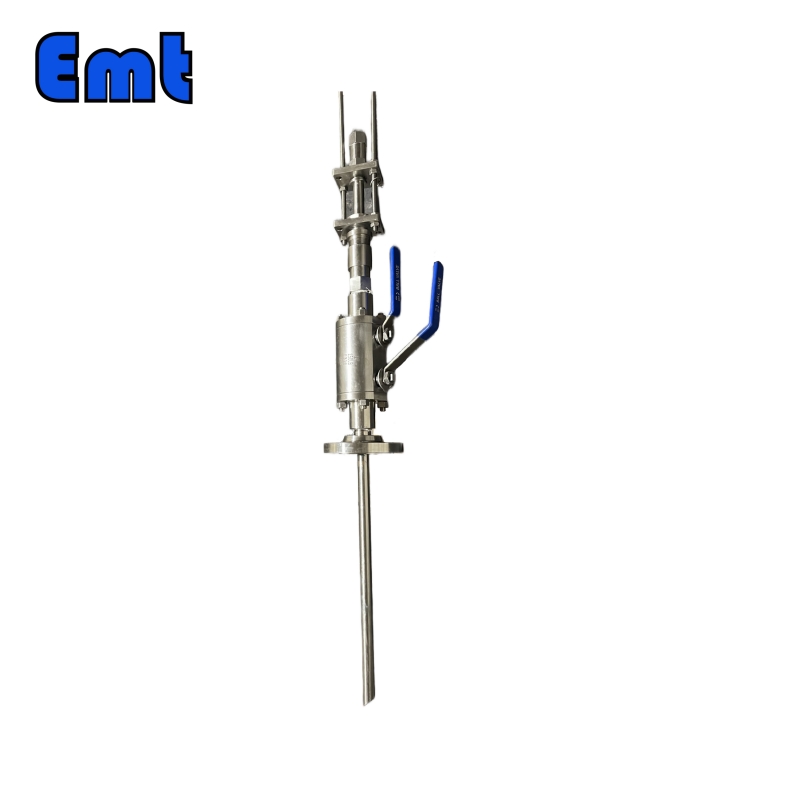
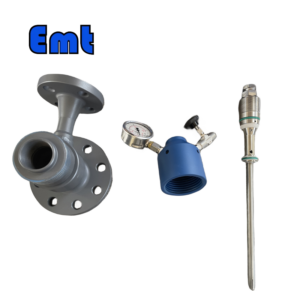
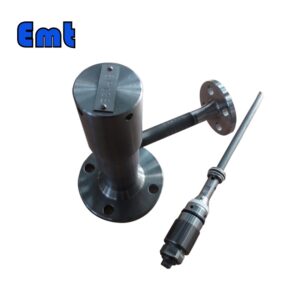

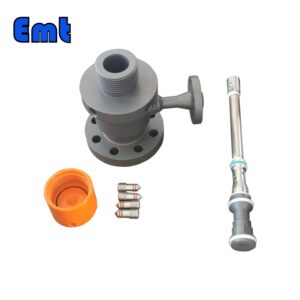
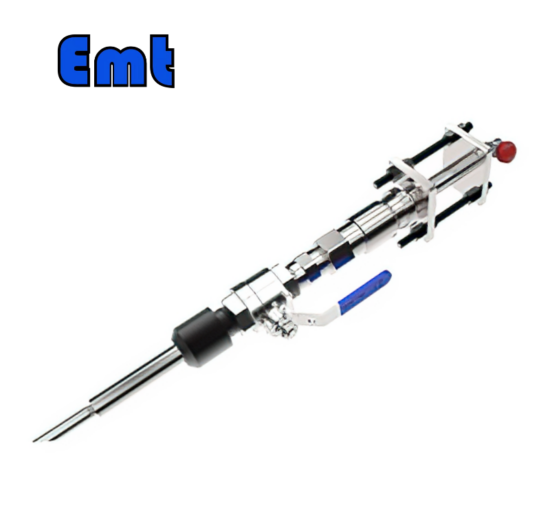
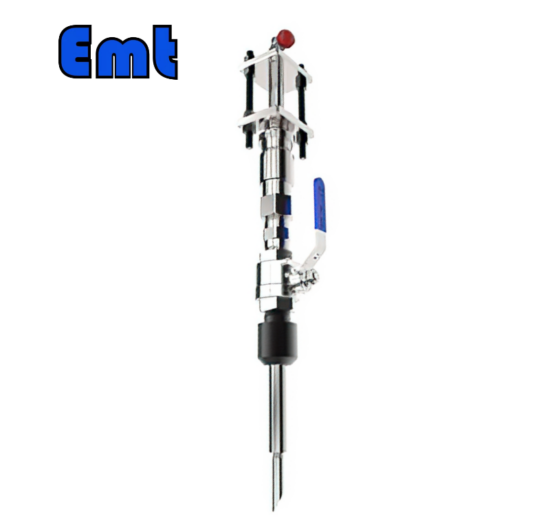
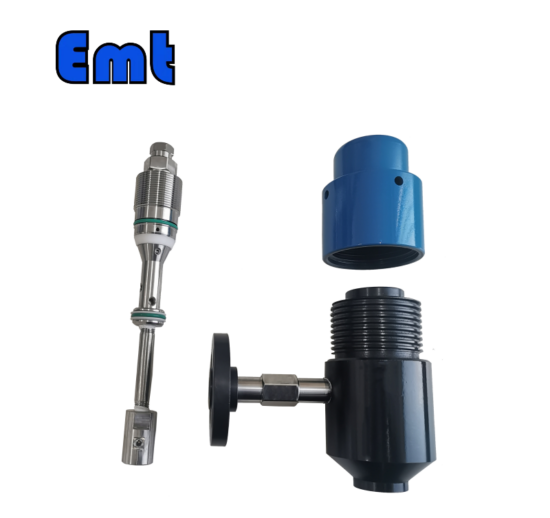
Il n’y a pas encore d’avis.